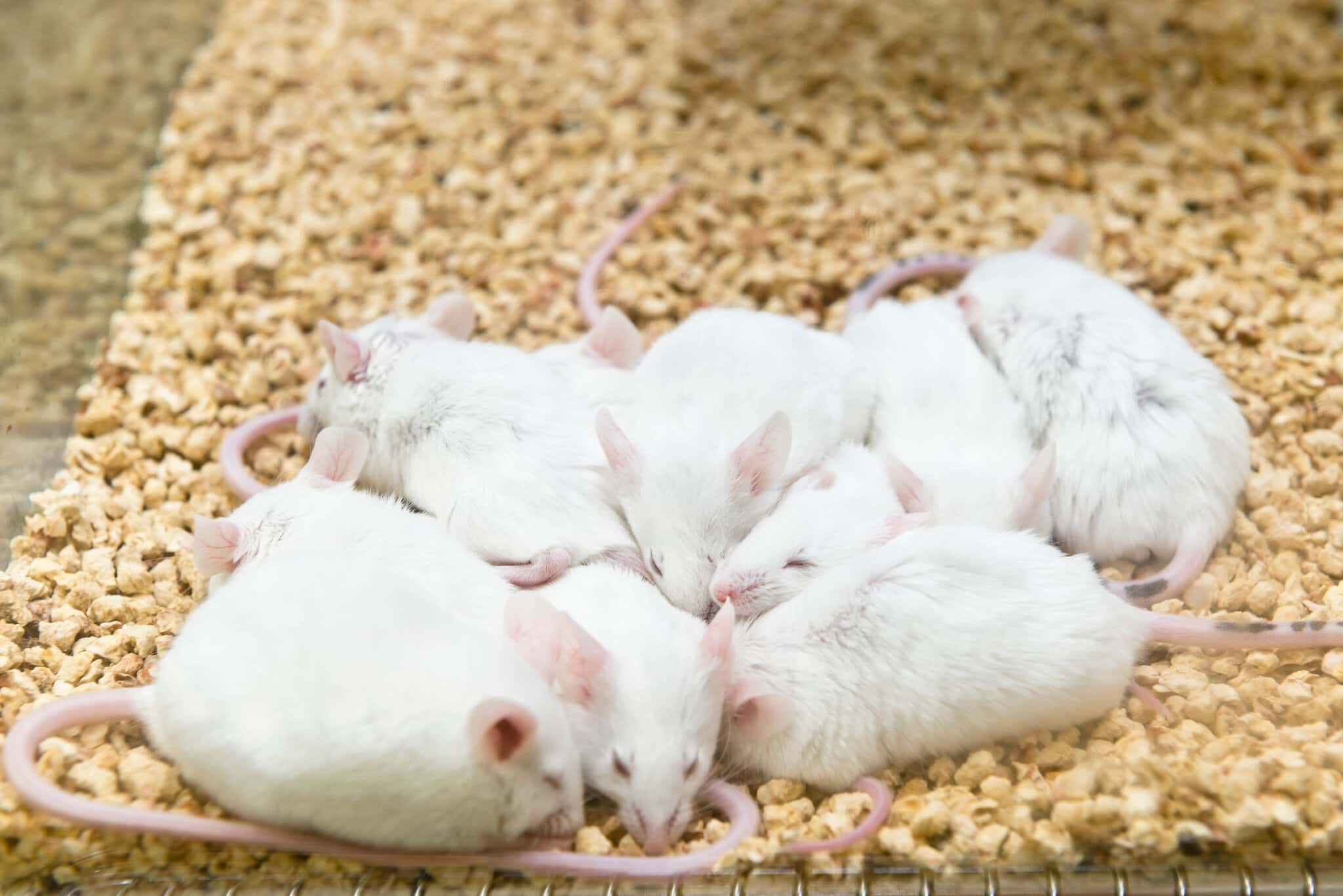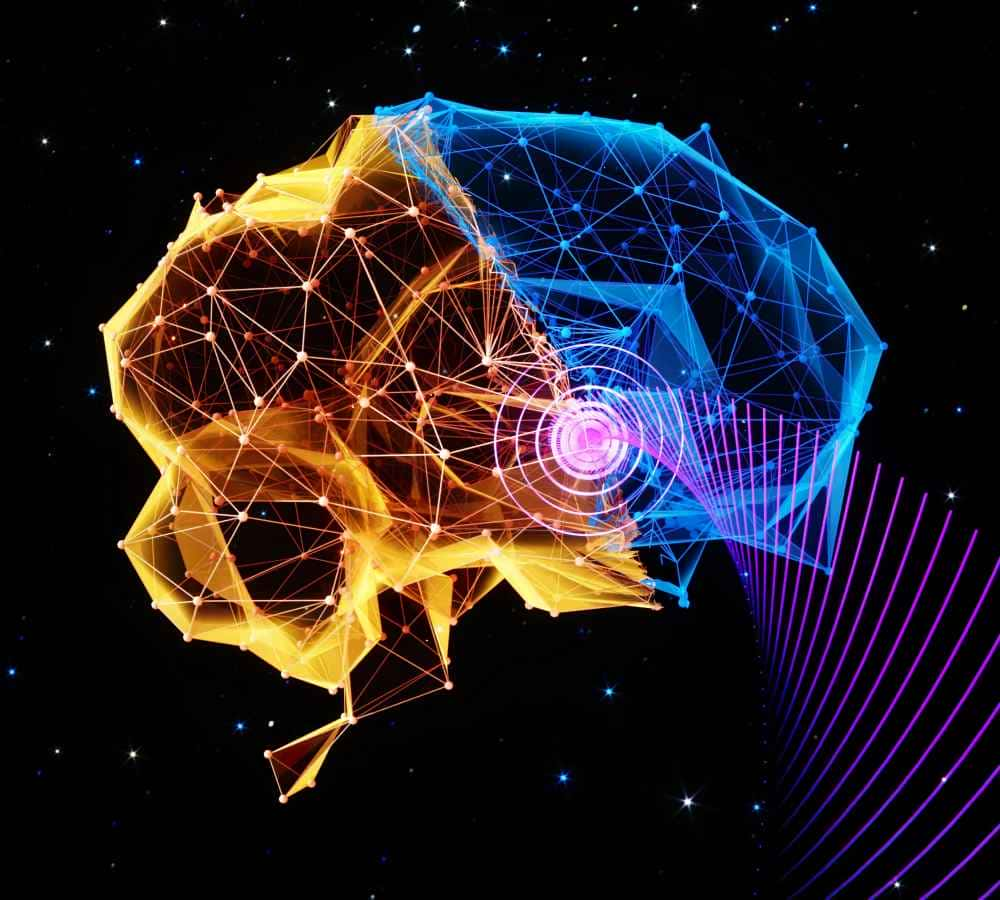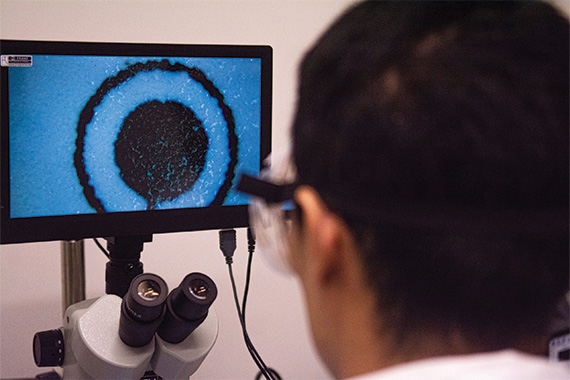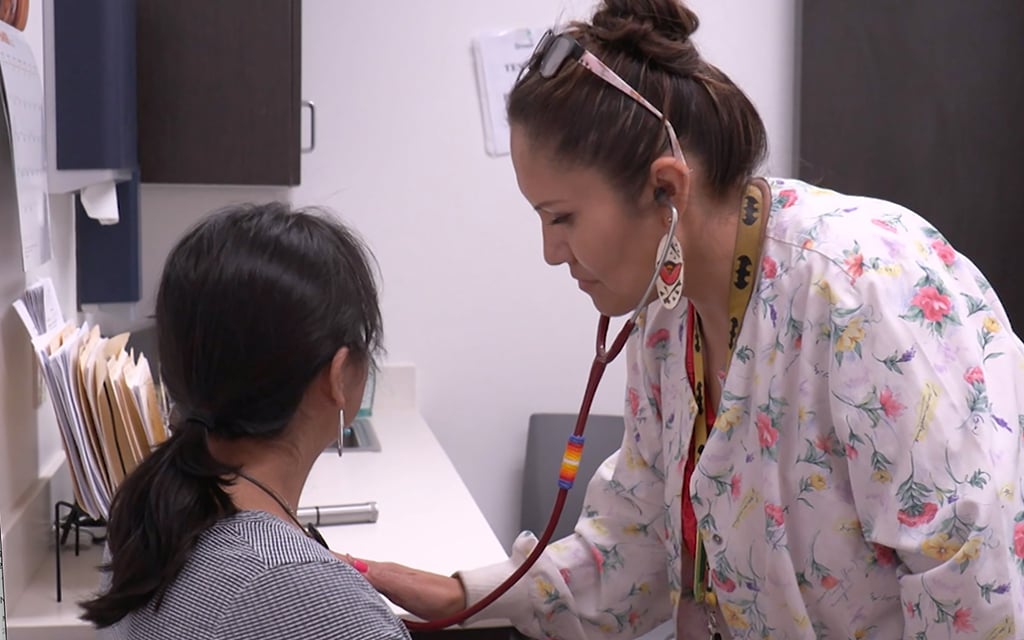Researchers have employed ultrasound technology to initiate a hibernation-like state in rodents, mirroring the natural survival mechanism called torpor.

A breakthrough study from Washington University in St. Louis has brought us one step closer to realizing science fiction’s dream of hibernation-like suspended animation
Published in Nature Metabolism, this research holds potential for critical care treatment and possibly interstellar travel. The team successfully employed wearable ultrasound probes shaped like caps, sending sound waves into the rodents’ brains, specifically targeting the preoptic area of the hypothalamus. The effects were profound: body temperature, heart rate, and oxygen consumption of mice all plummeted, even though they remained awake. This hibernation-like state persisted for slightly over 24 hours, with no lasting impact once the ultrasound was discontinued.
What’s particularly intriguing is the potential for the hibernation-like technique in non-torpid animals. In rats, which naturally do not enter torpor, the ultrasound-induced torpor-like effect was detectable, demonstrating the broader applicability of the technology.
Senior author Hong Chen, Ph.D., highlights the advantages of ultrasound over invasive methods, citing its modulation of neural activity in a less intrusive and more cost-effective manner
The team envisions future adaptations for human use, potentially revolutionizing stroke and heart attack treatments. By slowing metabolism, the hibernation-like method could extend the critical window for medical intervention, providing a vital edge in life-threatening situations.
While the journey to hibernation-like human application remains, this innovative approach might herald a new era of medical possibilities, proving that life imitates science fiction in ways previously thought impossible.
READ ALSO: New Jersey Lottery To Sell Online Tickets, Sparks Debate Among Retailers




